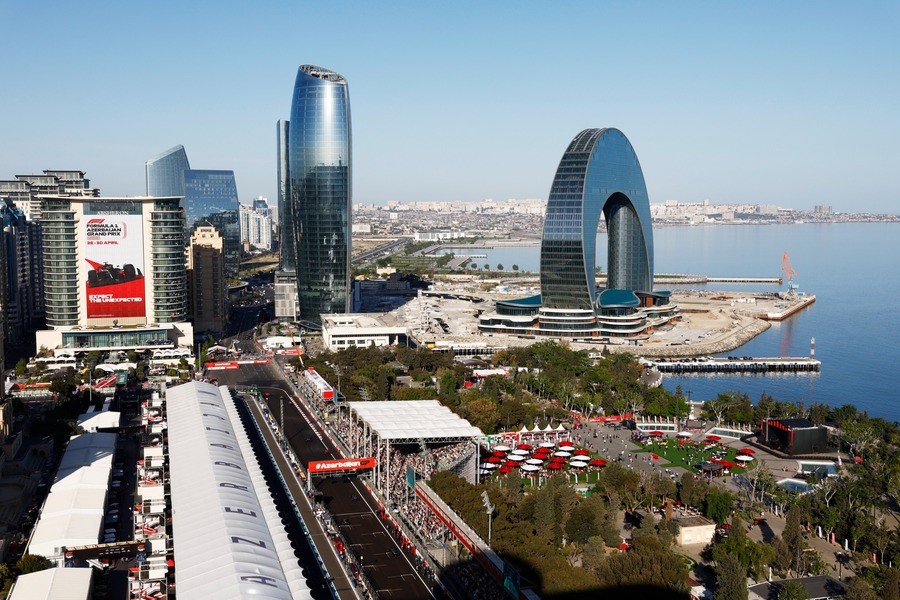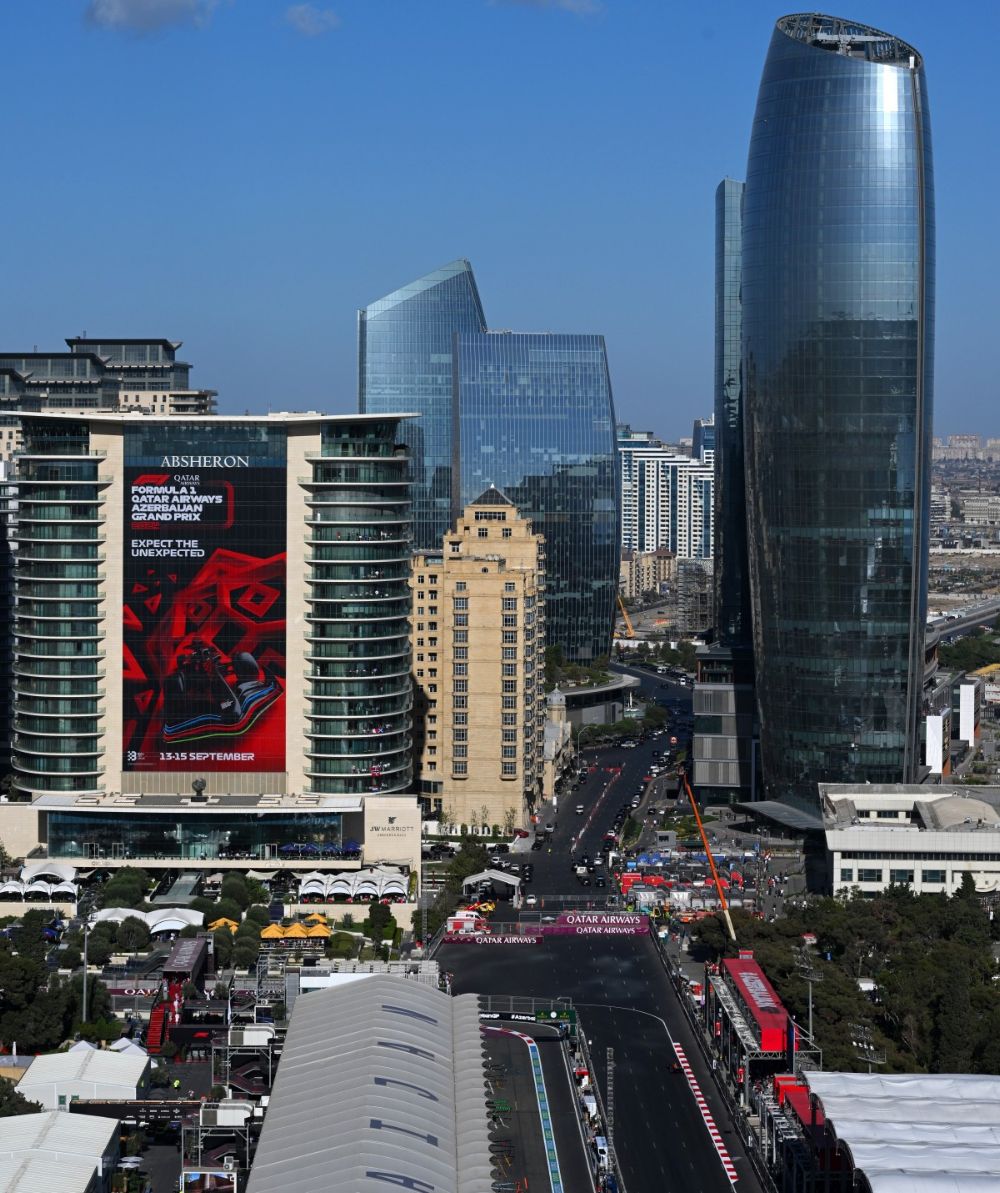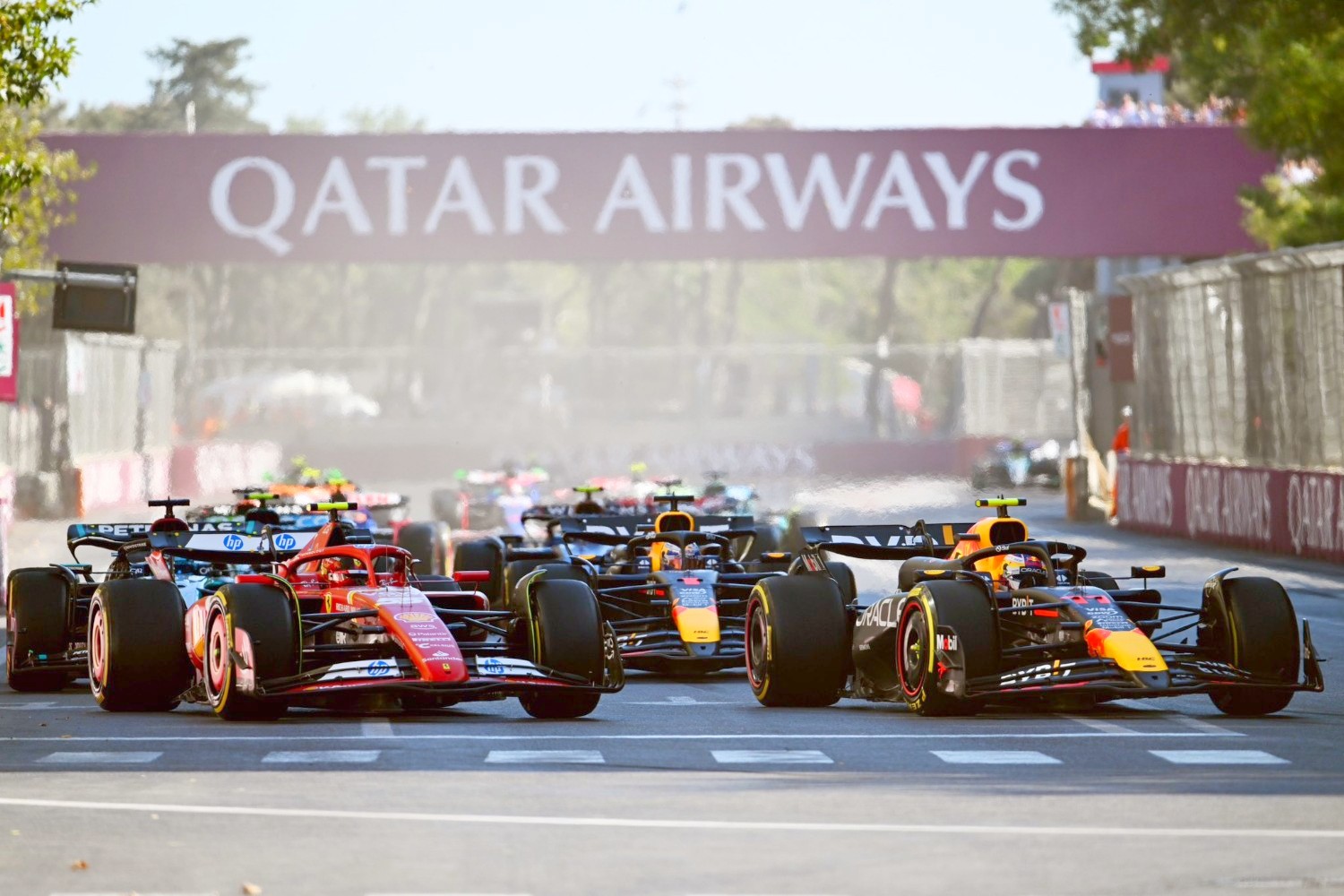F1 in Baku: What Makes This Street Circuit So Iconic
The Baku City Circuit creates a special electric feeling as Formula 1 cars drive through its narrow streets at speeds exceeding 330 km/h.
The Baku City Circuit stands apart from ordinary street courses. A combination of old-world architectural beauty and top-speed racing corners meets the lengthy straight stretch which appears infinite.
The reasonable Baku visa fee now makes it possible for more people to actually attend the matches in person. Travelers seeking to witness the event in person can obtain their Baku visas easily because the visa fees remain cheaper than stadium tickets elsewhere.
The Aztek Grand Prix venue in Baku has witnessed many memorable dramatic race events in recent years. The Azerbaijan Grand Prix races now feature eyebrow-raising overtakes that break physical rules and result in safety car interruptions and massive single-lap surprises. When race season intensifies, visitors inspect the Baku visa fee at the beginning of their journey because event ticket availability runs out quickly.

The Grand Prix has transitioned to become an essential competition for the Formula 1 championship. Drivers respect it. Teams study it carefully. Fans, especially those handling their Azerbaijan evisa applications, count the days until the engines roar through the capital’s old city walls and along the Caspian shoreline.
Related Article: Formula 1 News: 2024 Baku (Azerbaijan GP) Preview
What Makes Baku Special?
Formula 1 features the Baku City Circuit as a challenging circuit layout that ranks among the most difficult tracks in current competitions. The cars achieve speeds matching those at Monza yet still navigate corners that are too narrow for two cars side by side. The narrow track section of turns 8 through 11 encircles the ancient city walls, jeopardizing every driver with its tight, confining angles. One wrong turn can lead directly to potential disaster on the track.
Nightmares come to life during the two-kilometer main stretch because of its longing for daring late-race passes.
Speed Meets Precision
The track at Baku requires more than simply gas pedal obsession because a safe finish depends on skillful driving. Every driver states the same fundamental view about Baku: it maintains them in positions of total alertness. No rhythm ever truly settles.
Every lap flows smoothly as poetry until one fast turn yanks the experience into a complete nightmare after a single gust of wind or contact with a wall. The Speedway requires reflexes similar to Monaco while operating at twice the speed and being three times more unpredictable.
A Circuit That Punishes the Smallest Mistakes
Every turn exit exposes the nearness of walls in this circuit. At speeds of 300 km/h, drivers must make precise navigational moves through the course because any mistake could lead to devastating race-ending consequences. The permanent sense of tension at Baku transforms it into one of the toughest challenges for both driver skills and vehicle speed control.
According to traditional beliefs, Baku creates chaos because these characteristics run through its track blueprint. That’s why fans repeatedly brave the Baku visa fee and the long flights without even blinking. The reward? Front-row seats to control chaos.
Technical Demands Beyond the Ordinary
Technical difficulty reigns supreme here. Tire management becomes an art form, as the long straights cool the rubber while the tight corners shred it. Brake temperatures fluctuate unpredictably across a lap. Even simple things like wind shifts – thanks to Baku’s coastal setting – can throw a car completely off balance. Teams wrestle with car setups all weekend, and still, nothing feels truly settled until the checkered flag falls.
When visitors fill out that Azerbaijan eVisa, they’re not coming for a sanitized, predictable parade. They’re coming for a battleground where split-second bravery writes the headlines, and heartbreak always lurks one corner away.
What the Teams And Drivers Say
Red Bull Racing: Street Kings
Baku became a complete Red Bull victory dominion for both Verstappen and Pérez. The Baku circuit experienced complete domination by Verstappen and Pérez throughout the race. The cars belonging to Verstappen and Pérez stood apart from everything else available on the market and provided them with supreme performance.
The competition received a humiliating defeat when Pérez crossed the finish line. All other drivers hesitated, yet Checo took it upon himself to disappear with no hesitation. The driver put his entire foot down before vanishing during his track departure. No contest whatsoever. The Baku tracks demanded specific vehicle characteristics, so Red Bull designed their machine perfectly. Pérez managed his tires skillfully throughout the race, but everybody else lost control of their rubber.
Max did what Max did. Clipped the wall? Whatever. He continued forward without any fuss until the finish line. The imperfections in his car setup did not stop him from beating every car that was not Red Bull. That tells you everything.
People interested in witnessing the Baku chaos should handle visa procedures ahead of time. Azerbaijan bureaucracy is a nightmare. Prior to the race weekend, reserve all travel arrangements, including flights and accommodations, because Baku experiences chaotic conditions during that period. Not preparing for the race will result in pure agony.

Ferrari: Flash but Fragile
Regardless of his skillful driving in Baku races, Leclerc has proven to be a master of Baku navigation. But 2023? Just another episode of the same old Ferrari story. The vehicle shows its peak speed during the first lap before the reality of the race puts an end to its rapid performance.
The SF-23 is basically a diva. He demonstrates extreme speed for qualification runs while using minimum fuel and new tires. When race day surfaces, the car mutates into a hyperactive vehicle, which quickly destroys all its tires within moments of the first set of laps.
Once Leclerc gave up his initial lead, Red Bull showed a lack of effort in maintaining their race position. His tires reached the point of intense sound because of the demanding track conditions. Sainz? He received understeer handling problems while fighting against cars from mid-field positions that he should not have been competing with.
The setup solutions, which worked well for Ferrari throughout Saturday, deteriorated fully on Sunday. Failure at Baku leaves no space for mistakes because a single mistake leads to contact with the concrete wall. Ferrari attempts Baku track management with the same effectiveness as a doctor trying to operate with clumsy cookware. No adaptability whatsoever.
The team may eventually solve their problems by finding proper setup solutions while protecting tire conditions and remaining resilient under race conditions. The successful mastery of the Baku circuit will be truly astonishing for Ferrari and its drivers. Until then? Just more of the same frustration on loop.
Mercedes: Strategy Struggles
Mercedes arrived in Baku with a belief of having an advantage. Mercedes departed Baku with an average performance and expanded responsibilities. The W14 held an average position as it delivered sufficient speed to maintain hope yet was incapable of true competition.
The endless sector three revealed that Hamilton and Russell could remain competitive there, yet their overall pace shortfall announced their defeat. The result became unfavorable for Mercedes because their decision-making process during crucial moments turned out to be too slow and undecided.
The safety car period provided Mercedes with a major setback. Hamilton slid from his advantageous pit stop position all the way down to the bottom of the field as a result of slow stoppage and unfortunate timing. A wrong move in track positioning during racing at Baku guarantees an indefinite loss of competitiveness. Mercedes should recognize this as their established performance pattern. One delayed move during this track means immediate elimination from the race.
Their attempt at looking bold? Mercedes chose to place soft tires on the car during the final stage of the race. Cool idea that accomplished nothing. Just a band-aid on a broken leg.
Wolff eventually confessed to what everyone else could see: Mercedes operates within an incredibly small performance time frame. Your chances rise for competition when you strike the perfect moment. A slight error in your execution would force you to fight for a last-place position in midfield competition. All the new upgrades shown in practice were gone to dust during actual racing. Vanished when it counted. Typical Mercedes lately.
The only positive? The drivers kept fighting. Both drivers desperately chased after every single minute point. Despite their sloppy attempts, the drivers continue to engage in battle against their opponents. Additional upgrades from Brackley might enhance performance in the coming future. But right now? The main concern at Mercedes right now is pure survival.
Aston Martin And Others: Midfield Mayhem
Aston Martin showed up in Baku with something to prove. Alonso attacked the race like a man possessed, even coaching his team through setup changes mid-race – something you rarely hear at this level.
His fourth-place finish looks even better, considering the DRS issues that plagued him Friday and Saturday. He kept mentioning how Baku’s winds were screwing with cornering. He missed the podium by mere seconds. The old fox showed his experience, perfectly timing his attacks without destroying his tires.
Stroll had a rougher time. The car balance was all wrong; I nearly put it in the wall at one point. That notorious Turn 15 almost ate him alive, but he managed to drag the car home in seventh. It’s not spectacular, but points are points.
Team boss Krack couldn’t stop praising his squad afterward, acknowledging that Baku demands absolute precision. Anyone who manages to navigate the visa nightmare and actually attend sees some absolutely wild battles in the midfield – just as dramatic as the front-runners, honestly.
Conclusion
Fans across the world consider the Baku Grand Prix by the Caspian Sea to be one of the key events of the Formula 1 season. Every Grand Prix competition in Baku produces unique race results. The Baku race operates outside conventional scripts because it features safety cars as well as red flags together with tire gambles and exciting pit lane movements.
Receive the power of twenty racing machines as they speed by the royal turn during the race. Witnessing the F1 event in Baku becomes an unforgettable soul-stirring moment for everyone who attends this version of the race.
Book your seat. The simple operation of getting a visa makes trip planning significantly easier. You can know the Baku visa fee, make sure that the price is affordable for anyone seeking exceptional motorsport memories at the racetrack and apply for Azerbaijan evisa.
